Quantum Research
Spectra-Physics and New Focus are leaders in tunable lasers ideal for applications in the Atomic, Molecular, and Optical (AMO) physics field, including precision spectroscopy, atomic cooling, optical clocks, microcavity resonators, and other quantum applications.
Spectra Physics Lasers for Quantum Research Applications
Quantum Encryption
Quantum entanglement is a physical phenomenon in which photon pairs are generated such that the quantum state of each photon cannot be described independently of the state of the other. It has many applications in quantum information theory including quantum cryptography. Ultrahigh quality factor (UHQ) microcavities have been emerging as a promising integrated platform for a wide range of applications from theoretical quantum physics to applied science. Pumped with a CW laser, multiple entangled photon pairs can be generated via optical parametric oscillation.
Quantum Computers
Quantum computers, tap-proof data transfer or highly sensitive sensors – quantum mechanical properties, such as superposition and entanglement, are fundamental to many of tomorrow’s technological systems. In the interdisciplinary core area of quantum information and technology, scientists at Ulm University investigate quantum physical phenomena in theory and by experimentation. The overall goal is to gain complete control over quantum systems. It is also about quantum physical effects in condensed matter, in nanostructures and in biological systems.
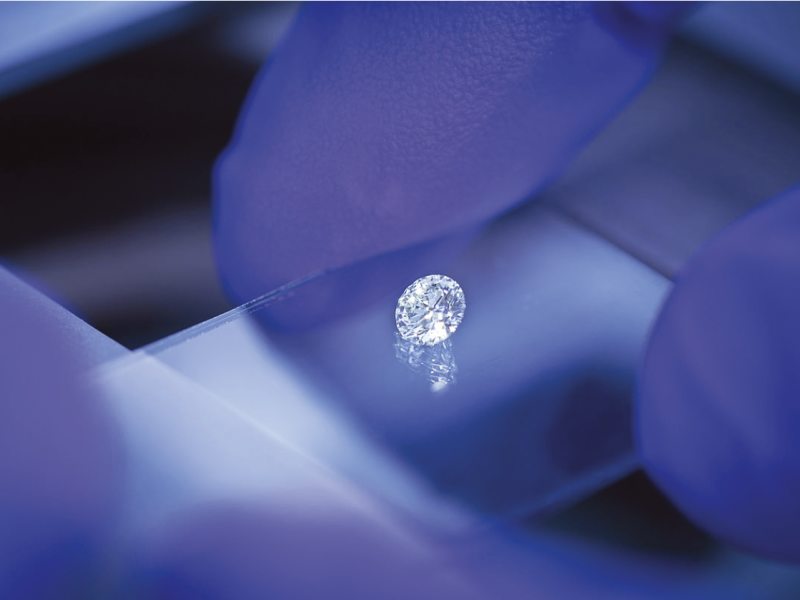
Figure 1. Novel sensors created by manipulation of individual atoms in diamonds
Novel sensors for use in cells are an important goal in research at Ulm University. To achieve this, scientists focus on the manipulation of individual atoms in diamonds. Prof. Fedor Jelezko, one of the world’s leading experts in controlling the smallest particles in solids - as demonstrated by the prestigious awards he has won - is involved in these research groups.
Atomic Clocks
The strontium optical lattice clock at JILA works by referencing an ultra-stable clock laser to laser-cooled and trapped strontium atoms. Strontium is one of nature’s highest-Q frequency references, with a quality factor of 1018. This clock takes advantage of the lower quantum projection noise of a manybody quantum system to achieve new records in clock precision, stability, and total systematic uncertainty. To prepare the atoms for precision spectroscopy, they are first laser-cooled using light from 461 nm blue diode lasers. Then, after a second red laser cooling stage, the atoms are loaded into an optical lattice, where they are trapped in standing waves of light. The clock laser is then used to perform coherent spectroscopy. The blue light is used again to measure the number of atoms in the ground and excited states via fluorescence. This allows us to measure the laser frequency against the atomic resonance.
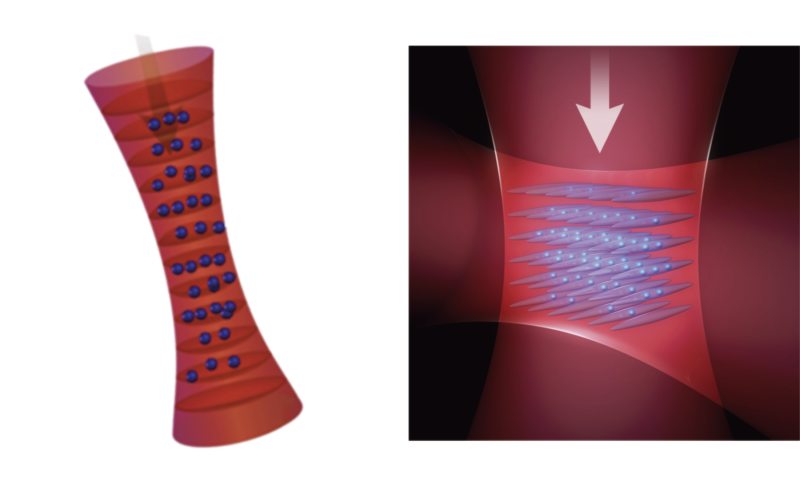
Figure 2. Strontium Optical Lattice - Courtesy of Prof. Jun Ye, UC Boulder, JILA, NIST
Chip-Scale Optical Frequency Combs
Optical frequency combs are cornerstones of modern day metrology, precision spectroscopy, astronomical observations and ultrafast optics. State of the art methods to generate frequency combs in chip scale devices are based on Kerr and Raman nonlinearities in ultrahigh Q monolithic microresonators. Chee Wei Wong’s group at UCLA has demonstrated an electronic method to tune the dispersion of a silicon nitride microresonator used in comb formation, via a dual-layer ion gel gated graphene transistor fabricated on top of the cavity. This dispersion tuning is accomplished by coupling the gate-tunable optical conductivity of the graphene transistor to the intracavity field in the microresonator, while preserving cavity quality factors up to 106. With this method, charge-tunable primary comb lines from 2.3 terahertz to 7.2 terahertz, coherent Kerr frequency combs, controllable Cherenkov radiation and controllable soliton states, are all generated in a single microcavity.
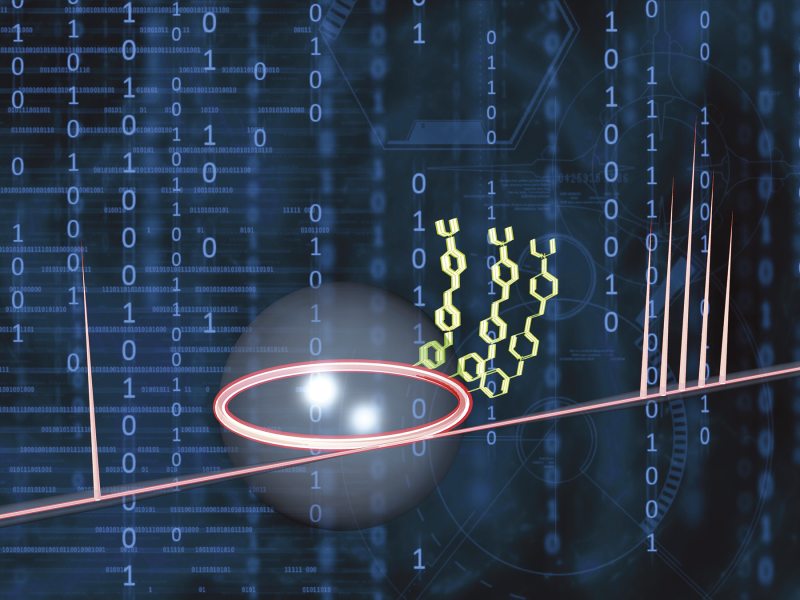
Figure 3. A monolayer of organic molecules on the surface of conventional UHQ microcavities allows these devices to effectively generate frequency combs.
Atomic Cooling
ColdQuanta’s innovative BEC system is designed to streamline and simplify the production of ultracold atoms and BECs. At the heart of the system is the RuBECi® where rubidium atoms are cooled to temperatures of below 1 mK, trapped, and manipulated inside the vacuum cell. A New Focus Tapered Amplifier is used to provide ample power for laser cooling and manipulation of the atoms.
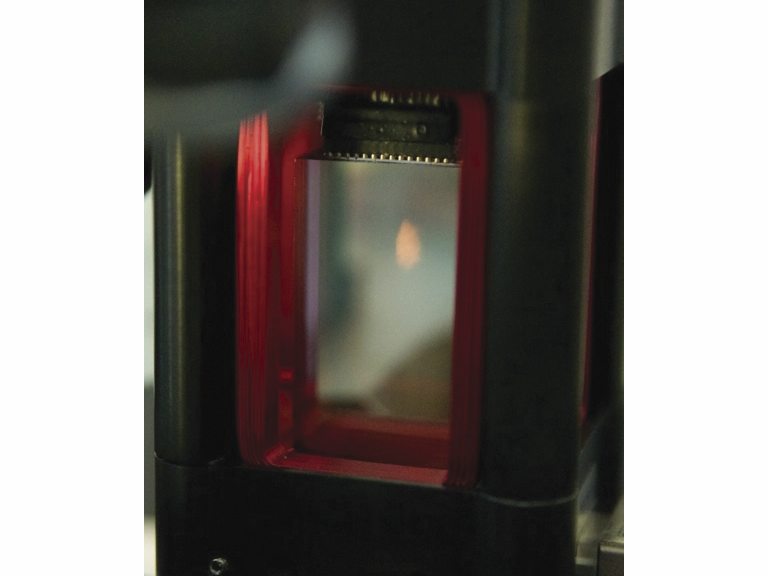
Figure 4. ColdQuanta’s innovative BEC system
The New Focus Vortex™ Plus lasers and Tapered Amplifiers are employed in the JPL Cold Atoms Laboratory (CAL) science module now operating on the International Space Station (ISS), launched on May 21, 2018. The CAL science module will enable cold atom experiments in a microgravity environment with the intent to observe new quantum phenomena.
Quantum Research Lasers
Spectra-Physics and New Focus are leaders in tunable lasers ideal for applications in the Atomic, Molecular, and Optical (AMO) physics field, including precision spectroscopy, atomic cooling, optical clocks, microcavity resonators, and other quantum applications. Two types of continuous wave, tunable lasers are often used in quantum technology research: a ring laser and an external cavity diode laser (ECDL). The main criteria for selecting a laser include wavelength, power, tunable wavelength range, narrow linewidth and long term stability.
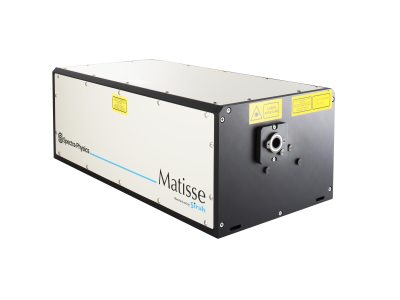 Ring Laser |
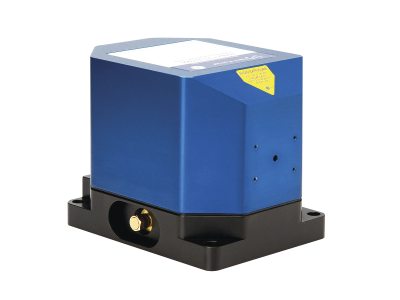 External Cavity Diode Laser |
|
|---|---|---|
| Output Power | Watts | Milliwatts, standalone Watts, with tapered amplifier |
| Tuning Range – Wide | 400 nm with broadband optics | 130 nm wide tuning Velocity |
| Tuning Range – Fine | ˜50 kHz | ˜50 kHz |
| Linewidth | <30 kHz rms over 100 msec <20 kHz rms over 100 µsec |
<2.5 kHz @ 5 µsec <200 kHz @ 50 msec |
| Power Stability | <1% with closed loop power stabilization accessory | <1% (over 1 hour ±2°C) |
| Wavelength Stability | <1 pm with counterdrift plugin and high-finesse wavemeter | 2 pm (over 1 hour ±2°C) |
| Fiber-Coupled Option | No | Yes |
- Matisse® Ultra-Narrow Linewidth Tunable Ring Lasers: the industry’s highest output power, narrowest external linewidth and broadest tuning range.
- Velocity™ Widely Tunable ECDLs: offers both wide and fine wavelength tuning and narrowest linewidth.
- Vortex™ Plus Tunable ECDLs: narrowest linewidth and highest performance precision fine tuning.
- Vortex™ Plus with VAMP Tapered Amplifier: increases power of tunable fixed-wavelength.
 Matisse |
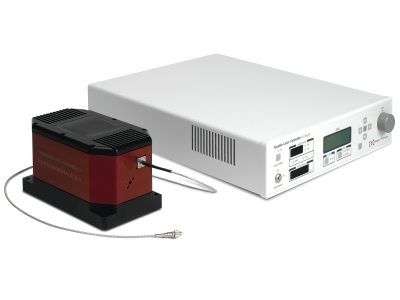 Velocity |
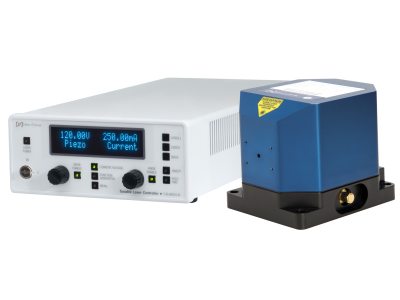 Vortex Plus |
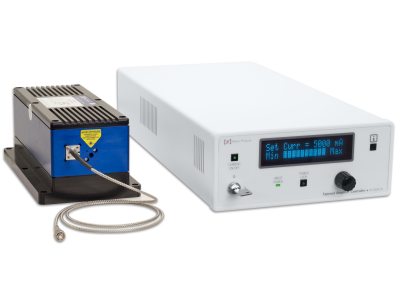 Vortex Plus with VAMP |
|
|---|---|---|---|---|
| Max Output Power | >7.2 W @ 780 nm | 60 mW (free space @ 1064 nm) | 70 mW (free space @ 780 & 1064 nm) | >2 W (free space @ 780 nm) |
| Wavelength Availability Range | 668 -1068 nm (Ti:Sapphire) 550-760 nm (Dye) |
635-2450 nm | 455-1630 nm | 765 to 915 nm |
| Tuning Range – Wide | 680-790 to 880-1038 nm (Ti:Sapphire) 550-660 to 650-760 nm (Dye) |
407-412 to 2350-2450 nm | 459-461 to 1520-1630 nm | 765 to 915 nm |
| Tuning Range – Fine | >50 GHz | >120 GHz to >20 GHz | >120 GHz to >25 GHz | >120 GHz to >25 GHz |
| Tuning Resolution | <1 pm with wavemeter | 10 pm wide tuning resolution | 0.02 pm piezo tuning resolution | 0.02 pm piezo tuning resolution |
| Tuning Speed | 0.006 pm/sec slow piezo scan 60 pm/sec fast piezo scan |
20 nm/sec wide tuning | 20 pm/ms piezo tuning | 20 pm/ms piezo tuning |
| Linewidth | <30 kHz over 100 msec <20kHz over 100 µsec |
<2.5 kHz over 5 µsec <200 kHz over 50 msec |
2.5 kHz over 5 µsec <200 kHz over 50 msec |
Seed laser dependent |
| Power Stability | <1% with closed loop power stabilization accessory |
<1% (over 1 hour ±2°C) | <1% (over 1 hour ±2°C) | ±1%, typical (seed laser dependent) |
| Wavelength Stability | <1 pm with counterdrift plugin and high-finesse wavemeter |
2 pm (over 1 hour ±2°C) | 2 pm (over 1 hour ±2°C) | Seed laser dependent |
| Other Features | Automated alignment Hands-free wavelength tuning Mode-hop-free tuning Intuitive GUI with optional Wavemeter integration |
Fiber-Coupled Option Mode-hop-free wide tuning Shock-proof, thermally insulated Magnetic damping |
Fiber-Coupled Option Mode-hop-free tuning Magnetic damping |
Safety shutoff feature at low power Heavy housing and heat sink |
CW Wavelength Extension for Matisse
Continuous wave wavelength extenders, WaveTrain® doubler and MixTrain™ frequency mixer, are available to augment the performance of the Matisse. With various configurations of Matisse, WaveTrain, and MixTrain, MKS offers an all solid state solution for wavelengths ranging from 206 nm to 4.2 µm.
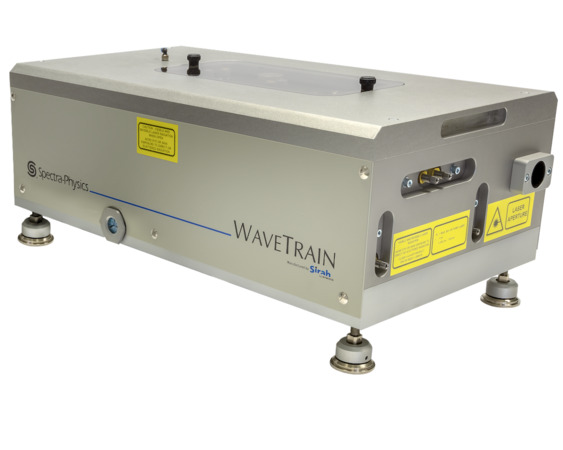 WaveTrain 3D Frequency Doubler |
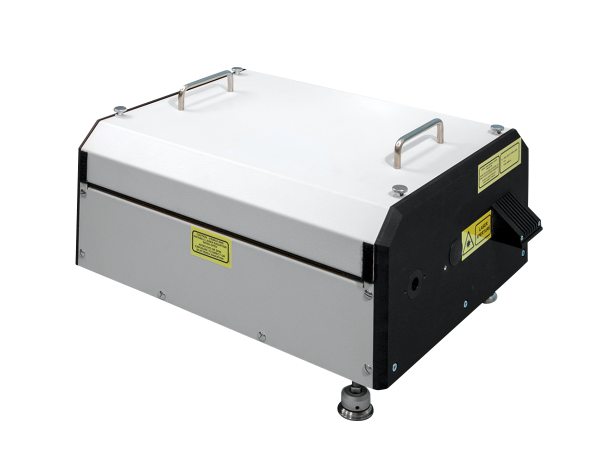 MixTrain Frequency Mixer |
|---|---|
|
|
Recommended Applications for MKS Lasers
| Matisse | Velocity | Vortex Plus | Vortex Plus w/ VAMP | |
|---|---|---|---|---|
| Atomic Clocks | ✓ | ✓ | ✓ | |
| Atom Cooling/Trapping | ✓ | ✓ | ✓ | |
| Bose-Einstein Condensates | ✓ | ✓ | ✓ | |
| Frequency Combs | ✓ | ✓ | ||
| Microcavity Resonators | ✓ | ✓ | ||
| Quantum Computing | ✓ | ✓ | ✓ | ✓ |
| Quantum Cryptography | ✓ | ✓ | ✓ | ✓ |
| Spectroscopy | ✓ | ✓ | ✓ | ✓ |
Other Related Products
For over 40 years, MKS has provided components and expertise for thousands of systems and optical applications in a variety of markets. We offer a full range of products for quantum technology research, and in particular, the neutral atom, trapped ion and photonic approaches. Check out our other product offerings to build an optical system that best fits your application.
 Ultra-High Velocity
Ultra-High Velocity